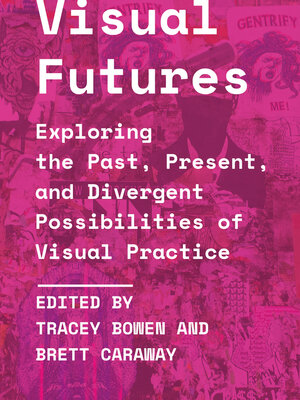Visual Futures
ebook ∣ Exploring the Past, Present, and Divergent Possibilities of Visual Practice
By Tracey Bowen

Sign up to save your library
With an OverDrive account, you can save your favorite libraries for at-a-glance information about availability. Find out more about OverDrive accounts.
Find this title in Libby, the library reading app by OverDrive.



Search for a digital library with this title
Title found at these libraries:
| Library Name | Distance |
|---|---|
| Loading... |
The overall subject of the book is visual culture. What sets it apart and gives it such an original emphasis is its multi-disciplinarity and the range of critical voices, ranging through film studies, architecture, creative practice, biology, pedagogy and media theory, which are brought to bear upon the question of visuality and its relationship to futurity.
In our everyday lives, we navigate across a vast sea of visual imagery. Yet, we rarely pause to question how or why we derive meaning from this sea. Nor do we typically contemplate the impact that it has on our motivations, our assumptions about science and about other people, and our actions as individuals and collectives. This book is a collection of interdisciplinary perspectives, from science to film, from graffiti and virtual environments to architecture and education that examines the ways in which we interact and engage with the visual elements of our environments.
Visual Futures provides an interdisciplinary examination of how we visualize and use visuals to make meaning within our environment. A diverse range of contributions and perspectives from biology, film, virtual reality, urban graffiti, architecture, critical pedagogy and education challenge our current attitudes, norms and practices of looking and seeing, opening up questions about the future. The future is a concept with significant political stakes and the work of rethinking and reimagining possible worlds requires a host of practices, which include the work of seeing, of image-making and of representation – all of which is political work taken up by the book contributors.
Primary readership will be among scholars and students of visual culture, media studies, digital cultures, fine art, architecture, education, science communication and sociology. Clearly aimed at an academic readership, it will also appeal to practising artists, architects, software developers and educators.







